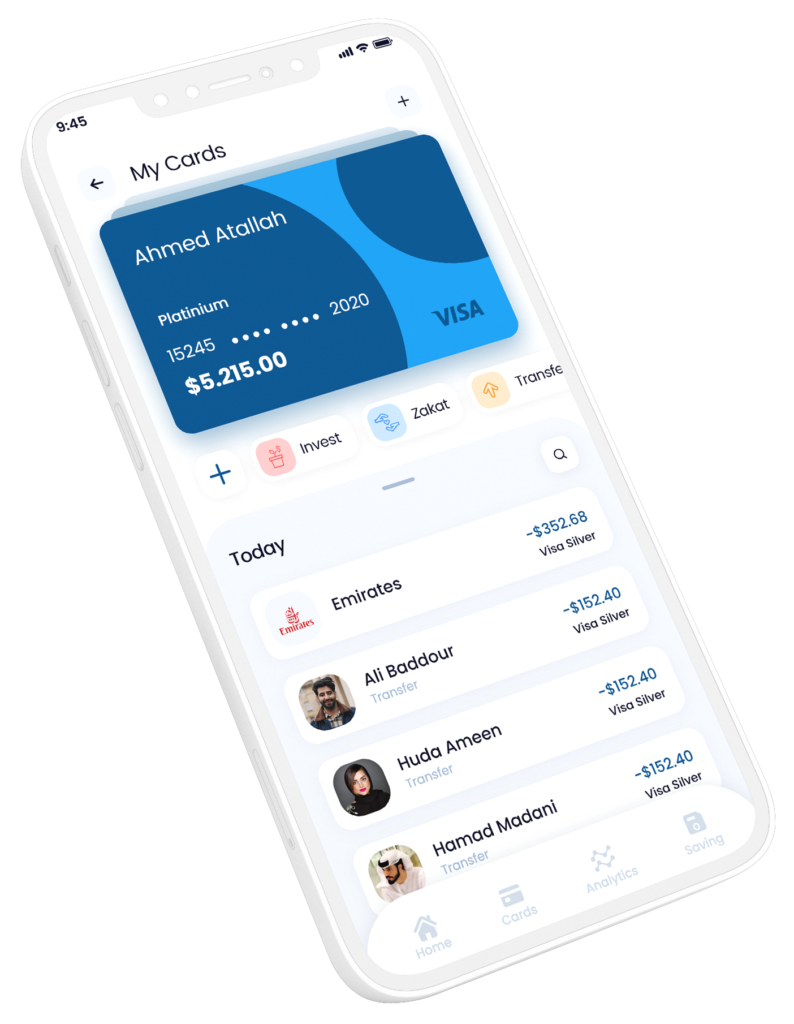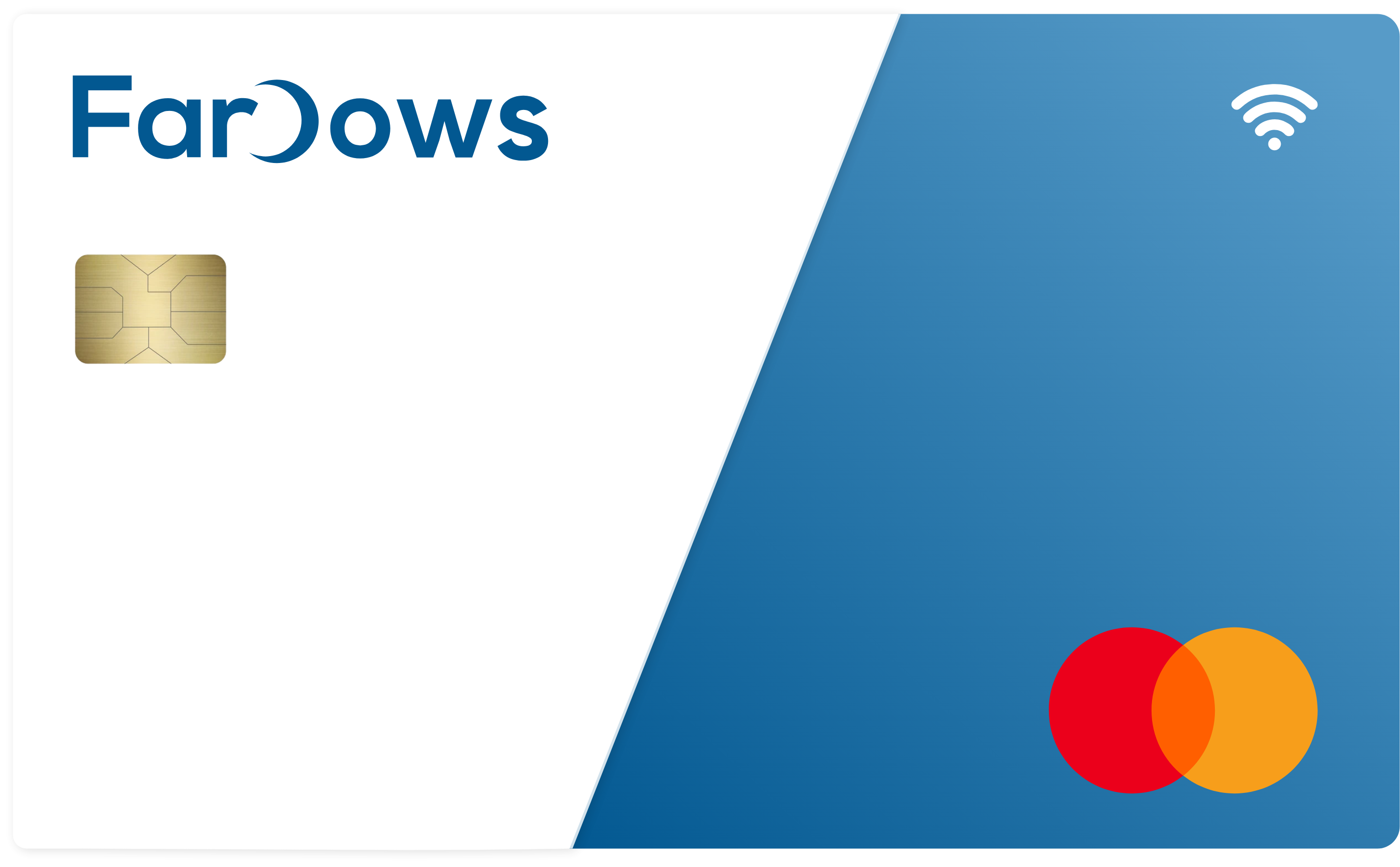Purify your wealth while giving hope to those in need.
Perform your religious obligation of donating 2.50% of your wealth through Zakat al-Maal or Almsgiving.


Zakat Calculator
Your Zakat has the power to transform lives and empower communities in Canada and abroad. To make the process easier for you, use our online Zakat calculator to enter your assets and liabilities, and easily find your Zakat contribution below.
Live, up-to-date Nisab values are provided for your convenience.
Nisab
Calculations Based on Gold Nisab of 85 Grams
Gold (85g)
- Price/g: ${{gold_per_gram}}
- Nisab: ${{gold_nisab}}
Assets
Liabilities
Zakat Summary
Total Assets
${{totalAssets}}
Total Liabilities
${{totalLiabilities}}
Total Zakatable
${{totalZakatable}}
Zakat Due: ${{zakatDue}}
Zakat 101
The basics of Zakat. When, how, and who is eligible for zakat al-maal.
Passage of One Lunar Year
Zakat is obligatory after a time span of one lunar year passes with the money in the control of it’s owner. Then the owner needs to pay 2.5% (or 1/40) of the money as Zakat. (A lunar year is approximately 355 days).
Deduction of Debts
The owner should deduct any amount of money he or she borrowed from others; then check if the rest reaches the necessary nisab then pays Zakat for it.
If the owner had enough money to satisfy the nisab at the beginning of the year, then the money increased (in profits, salaries, inheritance, grants…etc.), the owner needs to add the increase to the nisab amount owned at the beginning of the year; then pay Zakat, 2.5%, of the total at the end of the lunar year. (there are small differences in the fiqh schools here)
Each Muslim calculates his or her own Zakat individually. For most purposes this involves the payment each year of two and a half percent of one’s capital.
A pious person may also give as much as he or she pleases as sadaqa, and does so preferably in secret. Although this word can be translated as ‘voluntary charity’ it has a wider meaning. The Prophet said ‘even meeting your brother with a cheerful face is charity.’


8 categories of people eligible for Zakat
Fakir: One who has neither material possessions nor means of livelihood.
Miskin: One with insufficient means of livelihood to meet basic needs.
Amil: One who is appointed to collect zakat.
Muallaf: One who converts to Islam.
Riqab: One who wants to free himself from bondage or the shackles of slavery.
Gharmin: One who is in debt (money borrowed to meet basic, Halal expenditure).
Fisabillillah: One who fights for the cause of Allah.
Ibn Sabil: One who is stranded in journey.
Zakat FAQs
Q. Is Manzil affiliated with any Zakat charities that I can donate to?
Yes! We've partnered with UNHCR Canada’s Refugee Zakat Fund to facilitate your Zakat Payment.
Q. What is the Zakat treatment of the Manzil mortgage fund?
Unitholders who meet the conditions for the obligation of Zakat will be liable to pay Zakat on the face value of their units in addition to any income they have in their possession from the Fund. To learn more, our Shariah and Zakat Advisor Mufti Faraz Adam has a beautiful explanation here.
Q. What is the Zakat treatment of the Wahed HLAL ETF
It depends on your trading strategy: BUY-AND-HOLD TRADING STRATEGY: Zakat is not due on the full market value of the listed equity investment. Zakat is only due on the underlying Zakatable assets. If it is difficult to determine the net Zakatable assets value, a proxy* of 25% can be used for the net Zakatable assets. SAVINGS AND STORE OF WEALTH: Zakat is not due on the full market value of the listed equity investment . Zakat is only due on the underlying Zakatable assets. If it is difficult to determine the net Zakatable assets, a proxy* of 25% can be used for the net Zakatable assets. ACTIVE TRADING STRATEGY: Zakat is due on the full value of the investment at market value. Active trading here means an investment with the sole intention to sell and capture short - term positive price fluctuations. *This proxy was researched by Mufti Faraz Adam where the balance sheets of the FTSE 100 companies were reviewed. 66 out of 100 had net Zakatable assets below 25%. The other 34 were non compliant companies. Hence, the majority of the companies had net Zakatable assets below 25%.
Q. What is Nisab?
The Nisab was based on gold and silver as the Prophet's time was an era of the bimetallic standard as a monetary system. The Nisab weights: Gold = 87.48g Silver = 612.36g Another opinion is 85g gold & 595g silver respectively. Nisab is the threshold upon which Zakat becomes obligatory. The rationale of Nisab is that it reflected and distinguished between the wealthy and the needy for Zakat purposes. This threshold was set by the Prophet Muhammad (peace be upon him) , he said: " If you have 200 Dirhams (Silver), and it has been saved for a year , (you are) obliged to pay 5 Dirhams of Zakat from it . And there is no obligation of Zakat in Gold, until you have 20 Dinars. If you own 20 Dinars and it has been saved for a year, half a Dinar must be paid. ” [Sunan Abu Dawud]
Q. Why are there two Nisabs?
In the prophetic era, the difference in value between the two Nisabs had a Dirham-to-Dinar ratio of 10:1; Silver was 200 Dirhams and Gold was 20 Dinars. However, the purchasing power was identical between the two so the actual Nisab was identical. 10 Dirhams would be able to buy exactly what 1 Dinar could buy in the markets. Since both currencies were commonly used, there were two standards.
That means in terms of value, the Nisab was actually one!
450 San Antonio Road Mountain View California 94040
Copyright © 2021 Fardows Inc, All right reserved
